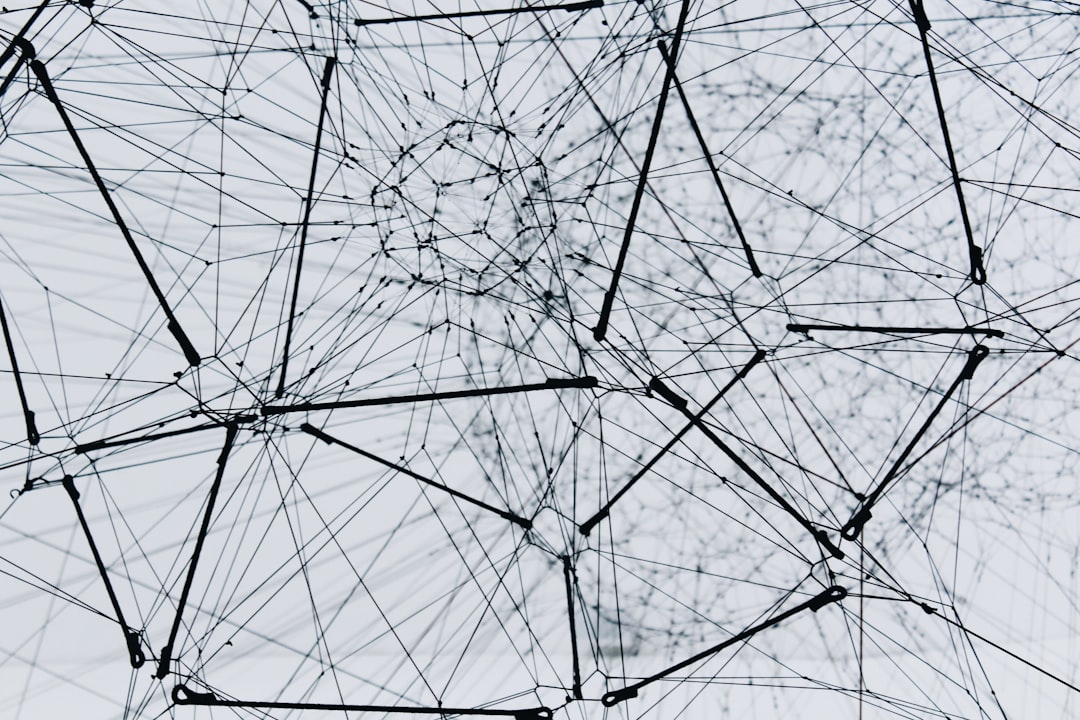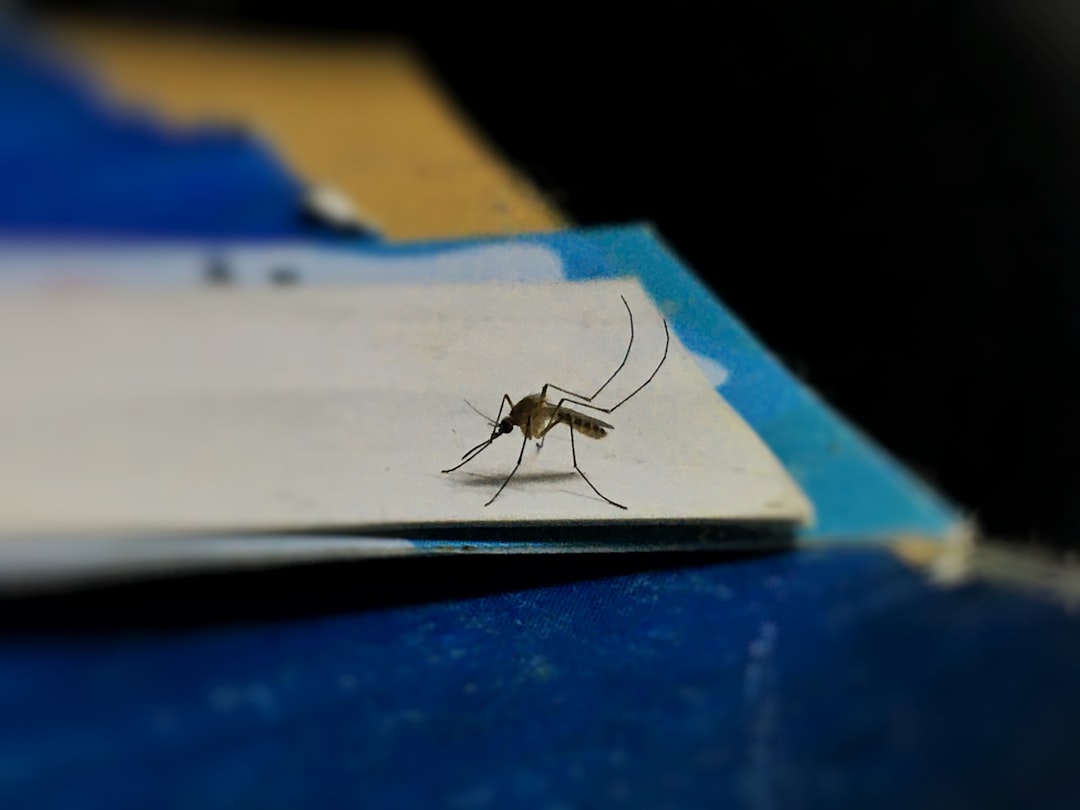What is it about?
In this paper, the multiagent methods are deployed for analysing complex brain activities. The brain functionalities are associated through multiagents. This paper adopts multi-agent-based methods to analyze EEG data sets, which can enhance the analytical efficiency through incorporating autonomous, self-coordination characteristics of agents. Intelligent agents are autonomous applications that can improve system compatibility. The preliminary results indicate that the combination of time-dependency correlation method with multi-agent method is an efficient solution for brain activity recognition.
Featured Image

Photo by DeepMind on Unsplash
Why is it important?
The automous characteristc of multiagents can improve the current brain analytical performance. Moreover, agents can form a neuron-like complex connectivity network that can imitate brain network.
Perspectives
The previous work has introduced a Segmented EEG Graph using PLA (SEGPA) model [1]. The SEGPA method incorporates the Piecewise Linear Approximation (PLA) algorithm and EEG-based weighted network for EEG analysis, which can efficiently process the real time EEG analysis. Furthermore, a SEGPA community framework has been created based on correlate the EEG nodes. Fig 1 shows brain functionality areas are represented by a correlated EEG electron nodes network and their EEG signal activities. In the above model, the SEGPA community framework can dynamically incorporate EEG electron nodes into a complex network to detect and identify brain activities. However, the SEGPA community framework is inefficient in dynamic adaptation and real time processing.
Henry Zane
NIT, Zhejiang University
Read the Original
This page is a summary of: Complex brain activity analysis and recognition based on multiagent methods, Concurrency and Computation Practice and Experience, June 2020, Wiley,
DOI: 10.1002/cpe.5855.
You can read the full text:
Resources
Contributors
The following have contributed to this page










